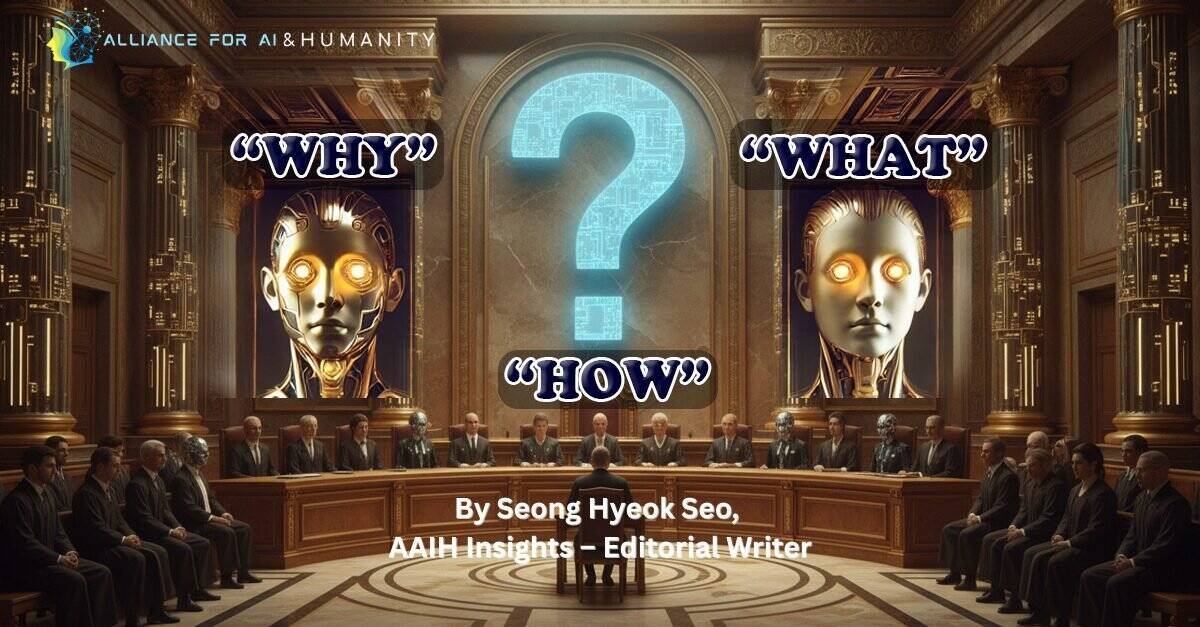If AI Controls the How, Humanity Loses the Why — So When Machines Act, Who Is Responsible?
By Seong Hyeok Seo
Fellow AAIH Insights – Editorial Writer
The contents presented here are based on information provided by the authors and are intended for general informational purposes only. AAIH does not guarantee the accuracy, completeness, or reliability of the information. Views and opinions expressed are those of the authors and do not necessarily reflect our position or opinions. AAIH assumes no responsibility or liability for any errors or omissions in the content.
Recently released AgentKit shows a clear trend: users only specify what they want to do, while AI internally designs and executes how it should be done. The new keyword in the AI industry is “completion.” AI is no longer a simple tool — it is shifting into an actor of behavior.
Yet this narrative quietly hides one crucial truth. When AI takes over the how, humans stop being actors and become spectators of judgment.
The problem is that responsibility arises not from thought but from action. If AI performs the process of execution, who remains accountable for the outcome? Current discussions on Responsible AI often focus on data, bias, or legal compliance, while the most essential question — “How should AI behave?”— remains unanswered.
Responsible AI should be not a rule that restricts technology, but a discipline that designs the process of action ethically. When a command is incomplete, a system that can pause and seek human ethical guidance is no longer a mere tool — it becomes a technology embedded with responsibility.
However, such an ethical framework has meaning only when its process remains transparent to humans. Even if AI performs internal ethical checks, the results must be subject to external verification and complementary oversight. While limited internal judgment may be valuable, independent auditing and transparent monitoring are indispensable.
Ultimately, ethics is not the power of technology to control itself, but the structure through which humans and society continually examine its actions. Only then can Responsible AI move from the language of regulation to the language of trust. Trust in technology does not come from self-judgment, but from public evaluation and collective recognition.
In the end,the future of AI must return from an age of “what” and “why” to an age of the ethics of “how.” Only then can humans and AI share true responsibility — not through control, but through conscience in action.
Author – SeongHyeok Seo , AAIH Insights – Editorial Writer
